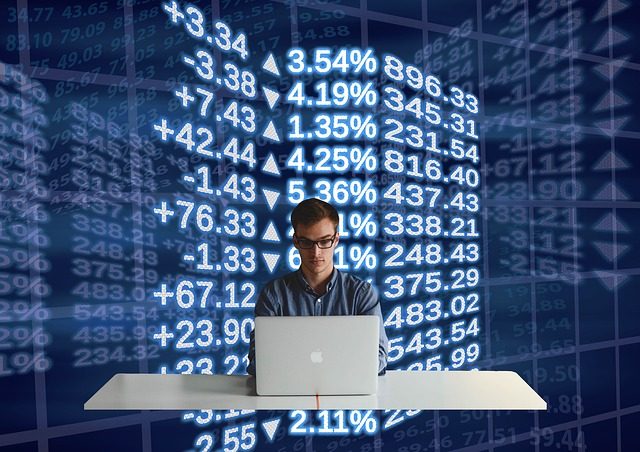In recent years, the image of high volume Wall Street traders has started to shift. Where we once pictured high-powered, experienced professionals who worked their way up to major trading positions through sheer ruthlessness, there are now quite a few young professional types breaking into the industry with nothing but mathematical prowess. They’re being called “quants,” and their approach to trading is based on in-depth statistical analysis meant to detect and act upon probabilities.
In short, this thickening wave of newer, younger Wall Street heavy hitters is looking to take on the stock market with a purely mathematical approach, which gets to a question many have asked for decades: can math really solve the market?
The way many people envision the process going, the answer is probably not. There’s a perception among some that those who do use math in the markets are gaming the system to some extent, finding solutions where only a handful of traders will see them and thus handling their portfolios to near perfection. This is unrealistic if for no other reason than that the market moves too quickly for total accuracy. In the New York Stock Exchange, electronic trades execute in less than a second, and those issued manually are still usually completed in less than 10 seconds. This translates to constant movement that no mathematical genius can keep up with in a day trading scenario.

That’s not to say that math can’t be of assistance in analyzing market trends, but it’s important to gauge this style of trading from a realistic perspective. A mathematical approach isn’t meant to guarantee or even come close to flawless trading; rather, it’s meant to stack probability in a trader’s favor.
The important distinction that even statistics experts point out is that no model can predict the future, even if it’s designed by the most careful and intelligent of mathematicians. By the same token, a great model can help to assess and predict risks, and that’s where mathematically inclined traders hope to gain a real, productive advantage. When using math to analyze a real-world situation, there is always some level of assumption at hand. You can’t always guarantee the parameters within which your expectations and mathematical model will go to work. This means that even the most advanced model relies somewhat on hope, or that things will act as expected.
Warren Buffet once said, “If past history was all that is needed to play the game of money, the richest people would be librarians.” In a way, this quote can be extended to include mathematicians, who compile some truly amazing probability models and algorithms to forecast market swings, but do so using only data that’s already available. There’s just no other way to do it. That’s why, despite the gradual takeover of Wall Street by “quants,” we have yet to see a brilliant statistician become the next Buffett.
So why are they successful at all? Well, math certainly can’t beat the markets, but it can by all means improve one’s chances of success as a trader. Most people in the quant crowd are playing the markets with huge numbers of strategies and investments in play. So, while no mathematical model can completely ensure a correct strategy, a good model’s effectiveness can be seen in a broad sense. The argument that the future can’t be predicted with certainty does not discredit the idea that a sound model can at least reveal what’s likeliest to happen. This advantage, stretched over a wide array of trades on a consistent basis, essentially means that those managing the market with math may at the very least be less likely to lose.
About the author
Patricia Lane is a freelance writer and blogger based out of Washington state. Her writing covers topics related to business, finance, and education.
The article is really good.